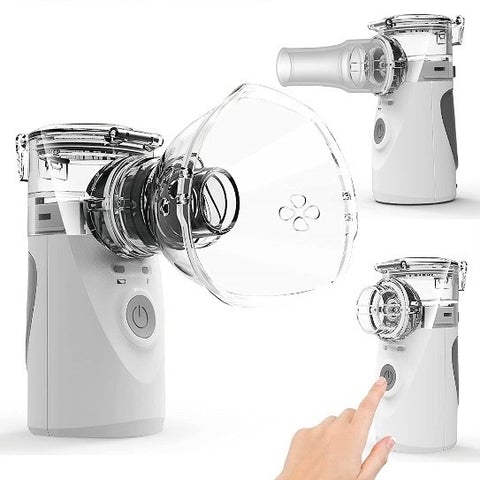Emphysema vs COPD – Lung Condition Differences and Similarities Explained
There is a significant overlap between COPD and emphysema, and there are also some key differences. Many people use the terms interchangeably; however, this is inaccurate. In this article, we will explore pulmonary emphysema and COPD, including symptoms and warning signs, diagnosis, and treatment.
The presence of one or both conditions can be life-altering, and the root cause in both cases is often smoking. Smoking cessation is the best thing you can do to either prevent emphysema and COPD from occurring or to ease COPD exacerbation if the condition already exists.

The Centers for Disease Control and Prevention has a wide variety of resources available to those interested in smoking cessation. Quitting smoking is not only a way to mitigate the effects of COPD and emphysema but one of the best things you can do for your overall health and the health of the loved ones around you. Studies have shown that exposure to second-hand smoke as a child can also increase your risk for COPD.
WHAT IS EMPHYSEMA?

Emphysema is just one lung disease that is part of a group of illnesses that make up COPD. It cannot be used interchangeably with the term COPD because COPD can occur without emphysema (more on that to come).
Emphysema does not occur quickly—rather it grows and develops over time as cigarette smoking results in lung damage. The alveoli, or tiny air sacs, found in the lungs will rupture. Then, what we are left with is a large air pocket in the lungs rather than the tiny small ones that should be there. This causes air to get trapped in the damaged tissue, and then oxygen cannot move through our bloodstream effectively.
Breathing will become increasingly more difficult as emphysema develops in the lungs. Therefore, smoking cessation should not be put off, as the lung disease could be developing for years before the individual becomes aware of the symptoms.
Once the symptoms start to appear they may include
- Wheezing
- Shortness of breath
- A cough that produces mucus
- A general feeling of tightness in the chest
Emphysema is more common in men than women, and it affects more than three million adults in the U.S.
There is no cure for emphysema, but there are some treatments to ease symptoms and improve quality of life, which we will review along with COPD treatments below.
WHAT IS COPD?
Chronic Obstructive Pulmonary Disease is an umbrella term to describe a group of pulmonary conditions. Emphysema is just one of the diseases that can be a part of COPD, but it is not always present.
COPD can include a combination of the following:
- Emphysema
- Chronic bronchitis
- Refractory (non-reversible) asthma
Chronic bronchitis causes our airways to be inflamed and irritated, with thick mucus that results in airflow obstruction and causes a cough, making it difficult to breathe. Adults with chronic bronchitis who are current or former smokers should be evaluated for COPD.
Asthma patients who experience frequent and severe attacks and symptoms that are not controlled by medication are considered refractory. This is a small percentage of the asthmatic population, and many of these patients must take oral steroids (such as prednisone) to manage their condition.
COPD, like emphysema, gets worse over time. It cannot be cured, but COPD symptoms can be managed and treated.
HOW ARE EMPHYSEMA AND COPD DIAGNOSED?
Emphysema and COPD can be present and developing in your lungs long before the conditions are diagnosed. Because these diseases progress slowly over time, you and your physician may not be aware of emphysema or COPD until it is fairly advanced.
Should you find yourself battling bronchitis frequently, wheezing, experiencing shortness of breath daily, and feeling generally fatigued, your doctor may order some tests to determine if you have emphysema and/or COPD caused by chronic bronchitis.
Emphysema Tests and Diagnosis
- If your healthcare provider suspects you may be suffering from emphysema, the following tests may be used to reach a diagnosis:
- A chest x-ray
- A pulmonary function test, where airflow and volume in your lungs are measured
- Arterial blood gases analysis, which measures how well your lungs function when it comes to transferring oxygen and removing carbon dioxide
- Sputum tests, where cells in your sputum (another term for mucus or phlegm) are analysed
- High-resolution computed tomography (HRCT), which is a specialized form of CT scan for your lungs
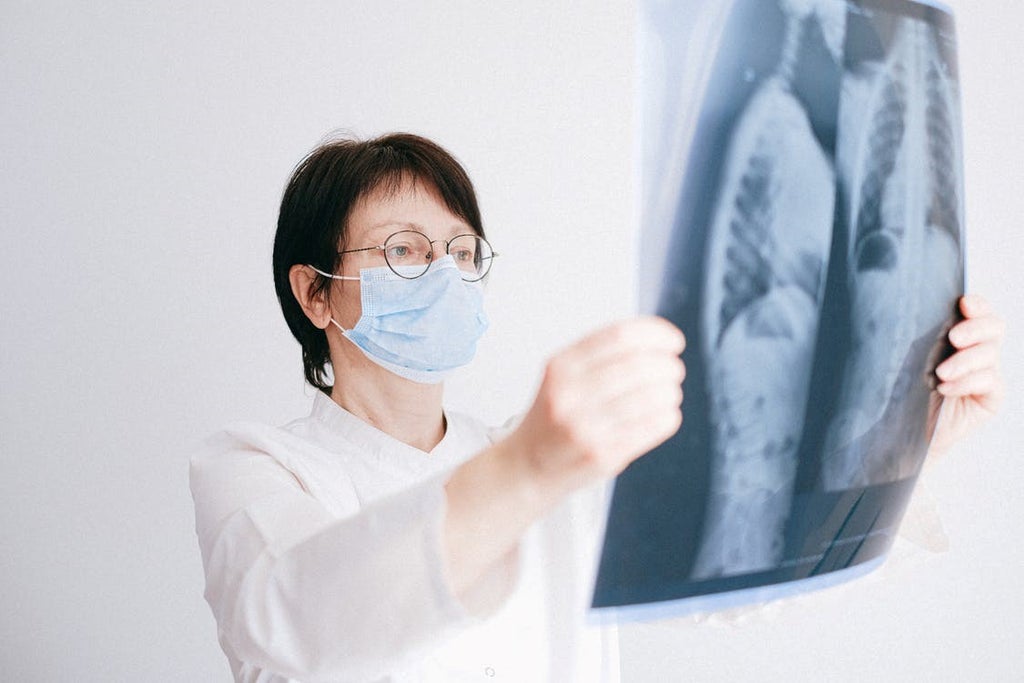
COPD Tests and Diagnosis
After a healthcare provider discusses medical history and symptoms with a patient, if they suspect COPD (especially in the case of smokers) a few specific tests will be ordered.
The primary test used to diagnose COPD is spirometry. A spirometer is a device that tests your lung function. Patients blow into a mouthpiece that is attached to tubing, which runs to a small machine
Two measurements are taken with the spirometry test:
- The volume of air a patient can blow out
- How fast the air is blown out
In addition to spirometry, physicians may order other tests to diagnose COPD, some of which are also used to diagnose emphysema. These may include chest x-rays, CT scans, and arterial blood gases tests.
TREATMENTS FOR EMPHYSEMA AND COPD
While there are many ways physicians treat emphysema and COPD to ease symptoms and improve the overall quality of life, the first order for the patient will always be to quit smoking.
Smoking cessation is in many ways the most important aspect of treatment: A COPD patient who continues to smoke will only accelerate the progress of emphysema and COPD, increase the severity of symptoms, and ultimately shorten their lifespan.
Along with smoking cessation, other treatments recommended by a physician may include a combination of both oral and inhaled medications, therapy, and in some cases surgery.
Medications to Treat Emphysema and COPD
Bronchodilators are prescribed to emphysema and COPD patients as they work to open airways. They do this by relaxing the bronchial muscles, and these medications can be dispensed in a traditional metered-dose inhaler, a dry powder inhaler, or a nebulizer.
Another type of medication used to treat emphysema and COPD are inhaled corticosteroids. These reduce inflammation and airway obstruction and are often used to treat asthma as well.
In some cases, a physician may prescribe an inhaler that combines a bronchodilator with a corticosteroid, to receive the benefits of both. Patients may also take steroids in oral (pill) form, such as prednisone.
To help lessen (and loosen) mucus, an expectorant may be prescribed, or a physician may recommend an over-the-counter cough medicine such as Robitussin.
Breathing Therapies and Supplemental Oxygen
Some patients with emphysema and COPD find that breathing exercises are helpful in terms of maintaining their daily level of activity. Some simple exercises such as “pursed-lip breathing” may be done daily to help with stamina.
It is also recommended that patients with emphysema and COPD try to get as much exercise as possible, even if it means a short, light walk each day.
Supplemental oxygen therapy often becomes a necessity for patients with COPD and emphysema and working with a respiratory therapist may also be an effective way to address and ease symptoms and prolong life expectancy.
SURGICAL PROCEDURES TO TREAT EMPHYSEMA AND COPD
When it comes to surgery options, physicians will weigh the risks and benefits for each patient. Not every patient with emphysema or COPD will be a good candidate for surgery, and in some cases, a healthcare provider may deem it too risky. Physicians will consider whether the patient has mild COPD or severe COPD, for example, before suggesting surgery.
In the case of severe COPD or emphysema, a physician may determine a lung transplant or lung volume reduction surgery is the best course of treatment. Both are serious and complicated surgeries, requiring a significant recovery period, and these would only be used in cases where medication is no longer addressing the patient’s symptoms and needs. Lung transplantation could mean up to six months of recovery time.
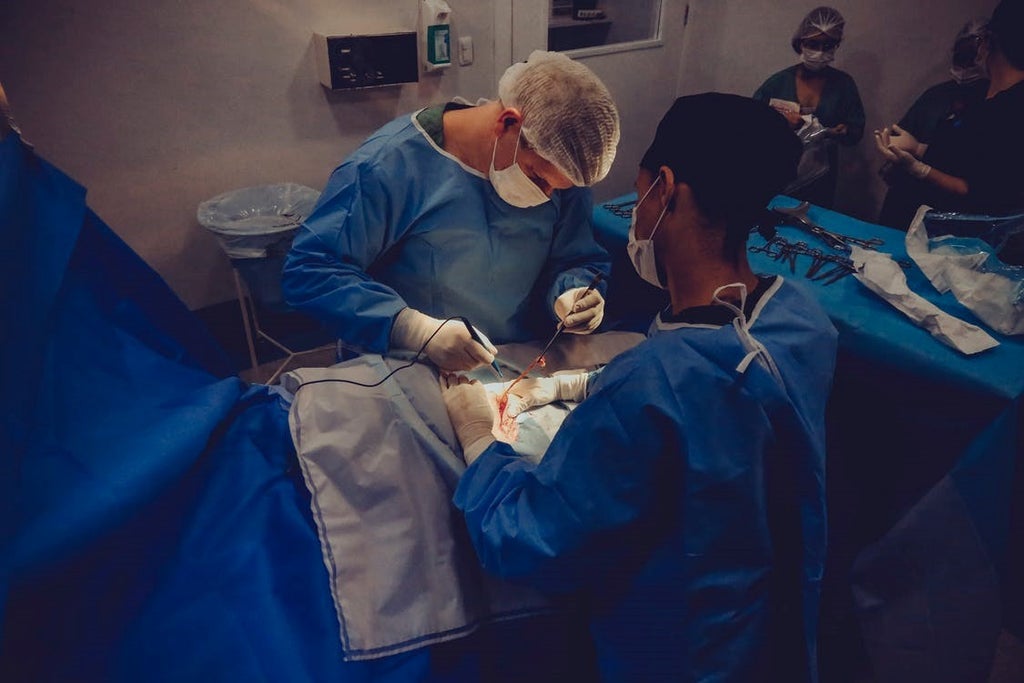
FINAL TAKEAWAYS: THE DIFFERENCES AND SIMILARITIES BETWEEN EMPHYSEMA AND COPD
The easiest way to understand the relationship between COPD and emphysema is to remember that one is an individual lung disease (emphysema) and the other is an umbrella of conditions (COPD). COPD often, but not always, includes the presence of emphysema.
Both diseases present with similar symptoms (such as shortness of breath, chronic cough, wheezing, and fatigue) and both can be present in the lungs long before they are detected.
Emphysema and COPD affect millions of Americans and while they are traditionally thought of as “men’s diseases,” more and more women are being diagnosed. No one who smokes is immune to the possibility of developing either or both conditions. Even a light or moderate amount of smoking can be a risk factor, so those who claim to only smoke socially could very well end up battling emphysema and COPD later in life.
The best way to both prevent and treat emphysema and COPD is to stop smoking TODAY!
Average Lung AirPhysio
ENJOY BETTER BREATHING - Use this 100% Drug Free Device - AIRPHYSIO
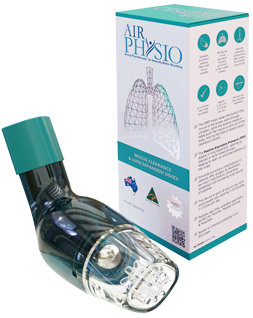
Recent Posts
Sports AirPhysio
IMPROVE YOUR SPORTING PERFORMANCE - Use this 100% Drug Free Device - AIRPHYSIO
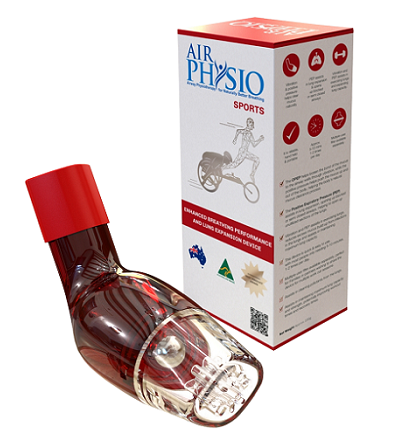
AirPhysio Child
BETTER BREATHING FOR YOUR CHILD - Use this 100% Drug Free Device - AIRPHYSIO
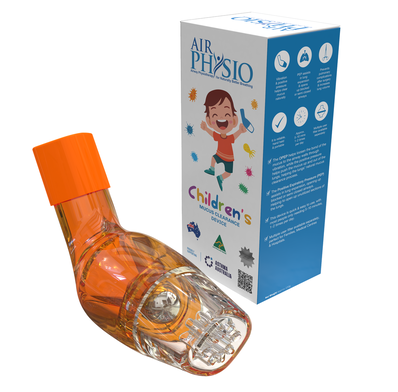
Categories
- asthma (2)
- atelectasis (2)
- bronchiectasis (2)
- copd (3)
- cystic-fibrosis (45)
- featured (10)
- uncategorized (2)

